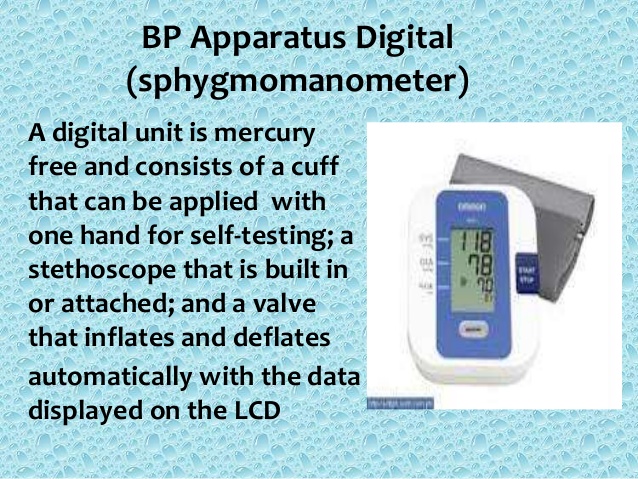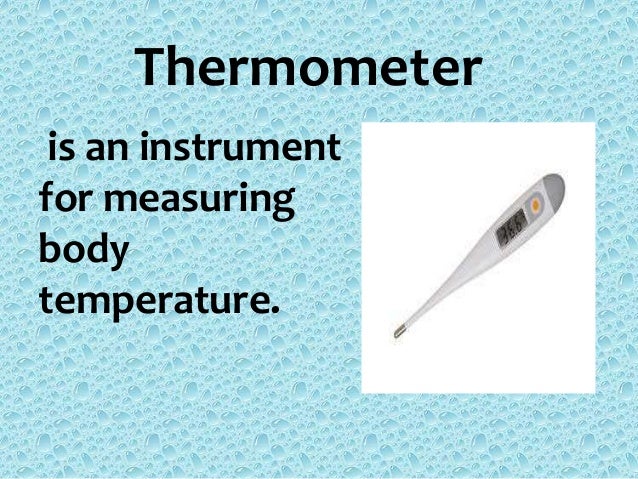Mythicmac (Frostmourne) Tied Up Used Franger - 50 Human Windwalker Monk, 79 ilvl. Comment by zknm7 The yellow lettering stating 'The wielder of Frostmourne will become the new Lich King' is incorrect. The Helm of Domination is the item which turns one into the Lich King, as evidenced by Bolvar Fordragon in the cinematic following the demise of Arthas Menethil as Lich King in the Icecrown Citadel raid AND the Warcraft III cinematic of Arthas donning the Helm of Domination. Frostmourne wow for mac. The introduction of Frostmourne into the hearts and lives of all World of Warcraft players began even before the popular MMORPG. In those days it was simply Warcraft 3 and through the campaigns of Arthas we watch him go from good to bad to badass. Frostmourne (PvP Server) Frostmourne, named after the sword which corrupted Arthas, is an Oceanic realm that was also the first Oceanic PVP Realm to be opened in on 22 October 2005.
August 12, 2019 - TF2 Team. The biggest event on the Competitive TF2 calendar is back again! Teams and players from around the entire world will be heading to the National Exhibition Centre in Birmingham, England, to the Insomnia Gaming Festival for their chance at glory and a share of the prize pool. Taking place from Friday, August 23rd, to Sunday, August 25th, the event will feature three days of non-stop action and the highest level of competition the game has to offer. System Requirements OS: Windows® 7 (32/64-bit)/Vista/XP Processor: 1.7 GHz Processor or better Memory: 512 MB RAM DirectX: Version 8.1 Network: Broadband Internet connection Storage: 15 GB available space. One of the most popular online action games of all time, Team Fortress 2 delivers constant updates—new game modes, maps, equipment and, most importantly, hats. Nine distinct classes provide a broad range of tactical abilities and personalities, and lend themselves to a variety of player skills. Meet the team. Team fortress 2 nosteam. Jul 03, 2017 Team Fortress 2 NonSteam v1.0.9.5 NO ONLINE WORKING OFFLINE ONLY. Apr 02, 2017 Tf2 without steam.Update 2020. I lost the google account that had the file so just watch somebody else's video such as the one in the pinned comment.
- Caregiving Tools Equipment And Paraphernalia For Taking Vital Signs
- Tools Equipment And Paraphernalia For Taking Vital Signs Meme Old People
The 6 Most Essential Tools for Certified Nursing Assistants
Tools equipment and paraphernalia for taking vital signs. Lesson 1 - Use Tools, Equipment, and Paraphernalia - GenTHigh GenTHigh Computer Wiz Academy: pin. Although CNAs' job duties vary from employer to employer, the vast majority rely on the following tools throughout their workdays: Stethoscope - CNAs are usually responsible for taking patients' vital signs, and a stethoscope really comes in handy for that.


If you're considering pursuing a career as a CNA, or Certified Nursing Assistant, you should learn as much as you can about the job before starting your training. You probably already have a decent idea about what CNAs do, but what about the tools they use? Fedex zp 500 plus driver. You will get acquainted with the most common CNA tools while completing your training program, but it never hurts to learn more about them ahead of time. By knowing what to expect, you are sure to get through your training easily.
Most Commonly Used Tools for a CNA
Although CNAs' job duties vary from employer to employer, the vast majority rely on the following tools throughout their workdays:
Caregiving Tools Equipment And Paraphernalia For Taking Vital Signs

- Stethoscope - CNAs are usually responsible for taking patients' vital signs, and a stethoscope really comes in handy for that. It can be used to not only check a patient's pulse and heart rate, but their blood pressure too. As a CNA, you're sure to have a stethoscope dangling from your neck more often than not.
- Gait Belt - As a CNA, you will regularly have to help patients get around. This typically entails moving patients from their beds into their wheelchairs and vice-versa or helping support their weight while they walk. For safety's sake, CNAs use gait belts for such tasks. It helps ward off back injuries and protects patients too.
- Surgical Scissors - Because CNAs are often responsible for changing patients' dressings and general wound care, they typically carry around surgical scissors. These scissors can also be used to quickly remove clothes from a patient in distress, so they are crucial to have on hand. Most CNAs own at least a few pairs, so you can expect to stock up on them for your first job.
- Thermometer - Obtaining a patient's temperature is an important part of getting their vital signs. Naturally, a thermometer is quite useful under such circumstances. While some CNAs use traditional thermometers, which patients hold under their tongues, some have more advanced electronic models. Many thermometers don't need to be used orally or rectally, either. For instance, many can take a patient's temperature through the ear or simply by being pressed against the forehead.
- Protective Gear - During the course of a typical workday, a CNA can expect to come into contact with various bodily fluids. CNAs often administer suppositories, collect urine samples, and, in some states, perform catheterizations. Needless to say, they must take steps to shield themselves, so protective gear is a must. Gloves, masks, protective eyewear, gowns, and caps are all examples of the type of gear you can expect to use as a CNA.
- Aids for the Disabled - CNAs work closely with disabled individuals who need a lot of assistance to take care of everyday tasks. Special aids for the disabled make the work much easier. They include special stools and seats for more safely showering and bathing patients as well as bedpans and bedside commodes. These devices help keep patients comfortable and make CNAs' jobs a lot easier.

If you're considering pursuing a career as a CNA, or Certified Nursing Assistant, you should learn as much as you can about the job before starting your training. You probably already have a decent idea about what CNAs do, but what about the tools they use? Fedex zp 500 plus driver. You will get acquainted with the most common CNA tools while completing your training program, but it never hurts to learn more about them ahead of time. By knowing what to expect, you are sure to get through your training easily.
Most Commonly Used Tools for a CNA
Although CNAs' job duties vary from employer to employer, the vast majority rely on the following tools throughout their workdays:
Caregiving Tools Equipment And Paraphernalia For Taking Vital Signs
- Stethoscope - CNAs are usually responsible for taking patients' vital signs, and a stethoscope really comes in handy for that. It can be used to not only check a patient's pulse and heart rate, but their blood pressure too. As a CNA, you're sure to have a stethoscope dangling from your neck more often than not.
- Gait Belt - As a CNA, you will regularly have to help patients get around. This typically entails moving patients from their beds into their wheelchairs and vice-versa or helping support their weight while they walk. For safety's sake, CNAs use gait belts for such tasks. It helps ward off back injuries and protects patients too.
- Surgical Scissors - Because CNAs are often responsible for changing patients' dressings and general wound care, they typically carry around surgical scissors. These scissors can also be used to quickly remove clothes from a patient in distress, so they are crucial to have on hand. Most CNAs own at least a few pairs, so you can expect to stock up on them for your first job.
- Thermometer - Obtaining a patient's temperature is an important part of getting their vital signs. Naturally, a thermometer is quite useful under such circumstances. While some CNAs use traditional thermometers, which patients hold under their tongues, some have more advanced electronic models. Many thermometers don't need to be used orally or rectally, either. For instance, many can take a patient's temperature through the ear or simply by being pressed against the forehead.
- Protective Gear - During the course of a typical workday, a CNA can expect to come into contact with various bodily fluids. CNAs often administer suppositories, collect urine samples, and, in some states, perform catheterizations. Needless to say, they must take steps to shield themselves, so protective gear is a must. Gloves, masks, protective eyewear, gowns, and caps are all examples of the type of gear you can expect to use as a CNA.
- Aids for the Disabled - CNAs work closely with disabled individuals who need a lot of assistance to take care of everyday tasks. Special aids for the disabled make the work much easier. They include special stools and seats for more safely showering and bathing patients as well as bedpans and bedside commodes. These devices help keep patients comfortable and make CNAs' jobs a lot easier.
Tools Equipment And Paraphernalia For Taking Vital Signs Meme Old People
As a new CNA, it's easy to feel overwhelmed by all the tools and equipment needed to get through your days. Don't worry. You'll quickly get the hang of them and soon understand why they are so essential. Before too long, you'll be using them like a seasoned professional.
